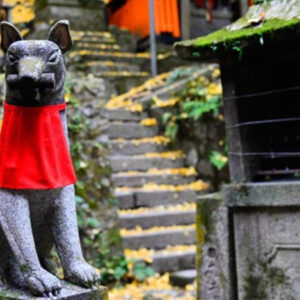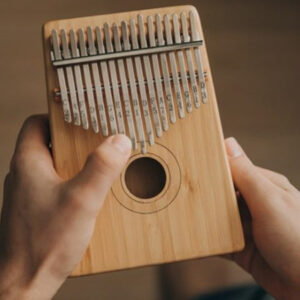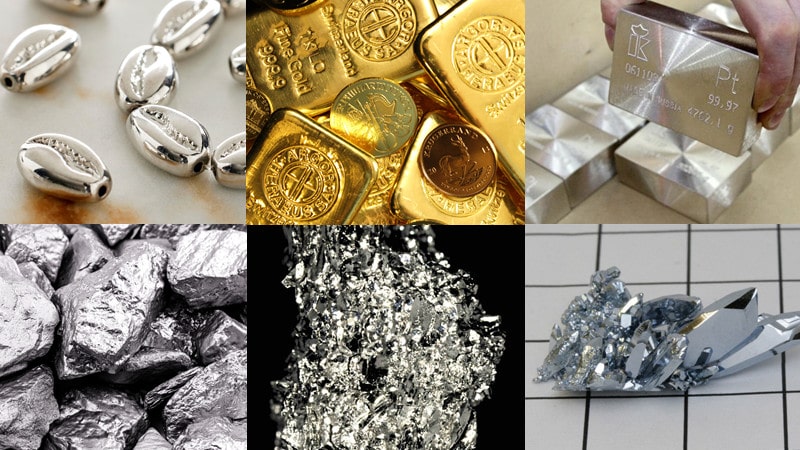
When you think of jewelry, you likely think of precious gemstones. Diamonds, amber, rubies, and emeralds are the first thing most people look at when buying their favorite accessories. But the shiny stuff isn’t the only thing that makes up your bling.
An equally important part of all good jewelry is the metal that holds it together. Things like silver and platinum are some of the most famous ores used to produce your beautiful diamond ring.
However, they’re far from the only ones. So if unique accessories are your passion, here are the 7 most valuable metals jewelers use to create the most breathtaking pieces money can buy.
7 Most Valuable Metals
In the world of metalworking, there are several factors that make a metal more valuable than others. The first one is its rarity. If a particular ore exists in very low concentrations in nature, then its price will obviously be higher.
Likewise, manufacturers can label a metal as precious if there is a higher demand for it on the market.
Almost all precious metals are used in some capacity for industrial purposes. However, it’s more common for people to use them as a store of value commodity since their worth is either stable or rises over time but never depreciates.
Furthermore, artists and jewelers highly value precious metals for their artistic merit. They not only look beautiful but have inherent properties that make them suitable for shaping into various accessories.
But, even among precious metals, some are still worth more than most. Whether it’s because they’re rare or just look beautiful, these 7 metals are the most expensive mother nature has to offer.
1. Rhodium
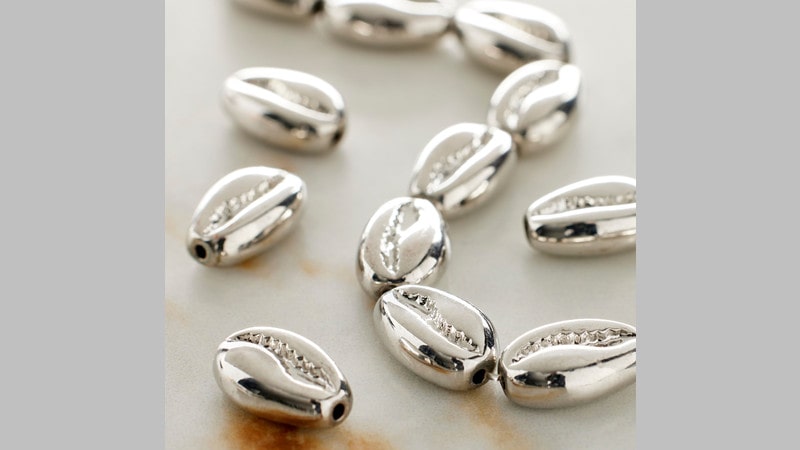
Image source: Pinterest
If you’re a fan of Marvel comics and its cinematic universe, then you’re likely familiar with the in-universe metal called vibranium. However, did you know that this fictional ore has a real-world equivalent? Rhodium is one of the rarest and priciest metals on the planet.
While it doesn’t have any magical properties, it’s an extremely durable and versatile ore with a wide range of applications. For example, the car industry relies on rhodium to make catalytic converters, an essential part of your car’s exhaust system. Jewelers use rhodium to give white gold accessories that breathtaking white finish.
However, the true value of rhodium lies in its scarcity. Around 80% of the world’s rhodium comes from the borders around South Africa. What’s more, miners can extract only around 30 tonnes of metal per year. As a result, this incredible ore costs a mind-boggling $446,895.38 per kilo.
Therefore, if you intend to buy rhodium-plated jewelry, make sure you have plenty of cash to spare.
2. Palladium
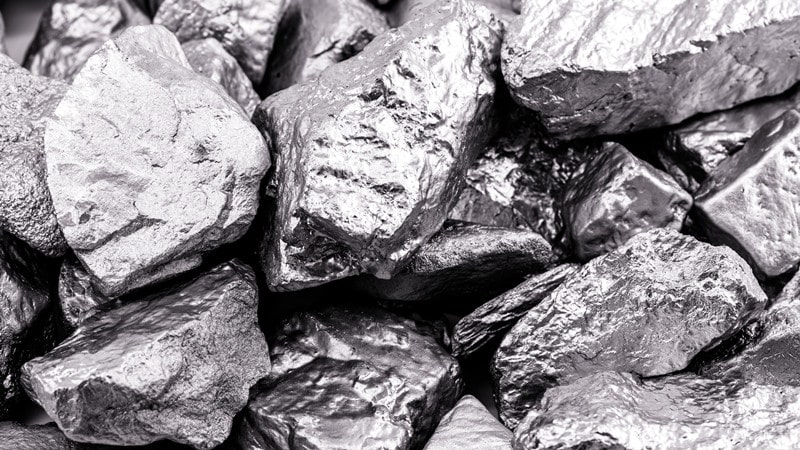
The second spot on this list goes to a close relative of rhodium. Palladium also belongs to the platinum family of precious metals. However, unlike silver and gold, it’s much rarer. Therefore, it’s the priciest of the bunch, going for $62,531.75 per kilo.
The automotive industry also relies on palladium to produce catalytic converters. But, the metal is more suited to diesel-fueled engines, meaning that its value will likely decrease as people become more eco-friendly.
When it comes to the world of jewelry, palladium has become a popular alternative to gold and silver rings. This is because the metal has a delicate white sheen you’ll appreciate if you aren’t a fan of flashy gold accessories.
3. Gold

No list of valuable metals would be complete without the classic gold. This precious ore has been the most valuable commodity since time immemorial. However, you may be surprised to learn that its value has more to do with tradition than its scarcity.
Though gold is relatively rare in nature, it’s not as rare as some of the other precious metals covered here. Plus, as a metal, it doesn’t have many useful properties. While it’s non-corrosive, it is fairly soft and easy to break. Therefore, it has limited application as an industrial metal. Paradoxically, this is exactly why it’s so valuable.
If gold was viewed and valued as only a metal, it would have been used up quickly and disappeared. But since gold doesn’t have a big utilitarian purpose, it can act as a stable form of currency.
Plus, it’s beautiful and fairly easy to work with. So it’s a favorite among jewelers and artists when making accessories. At the moment, one kilo of gold goes for $60,192. This price has been fairly stable for a while now. However, if the economy worsens, the cost of gold will likely skyrocket.
4. Iridium
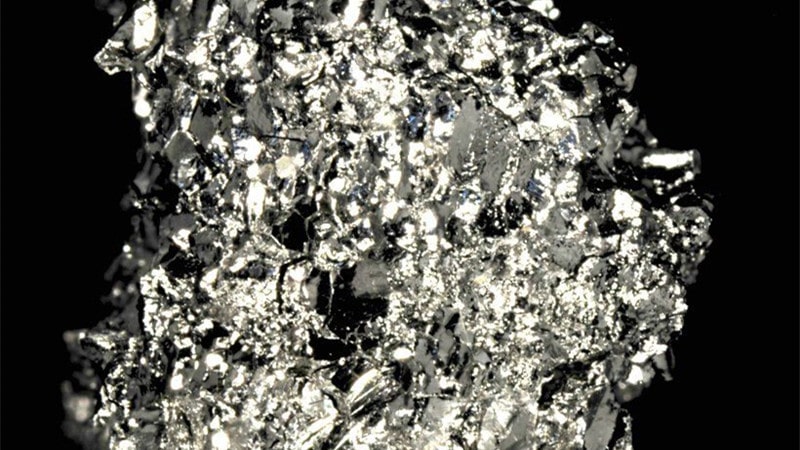
Image source: Pinterest
The name iridium may make you think of the word iridescent, which is used to describe a luminous pattern in all the colors of the rainbow. Sadly, this metal doesn’t have an iridescent glow. However, it’s still a beautiful mixture of yellow and white hues.
Plus, it’s the most corrosion-resistant metal on the planet. Therefore, manufacturers frequently use it to make materials that will come in contact with dangerous liquids, such as hydrochloric acid.
Jewelers highly value iridium for its stunning color and extreme durability. However, since it’s incredibly dense, it’s very hard to work with unless heated to very high temperatures.
Furthermore, it’s four times rarer than gold, costing around $173,458 per kilo. Consequently, it isn’t a suitable metal for your jewels if you’re on a tighter budget.
5. Platinum
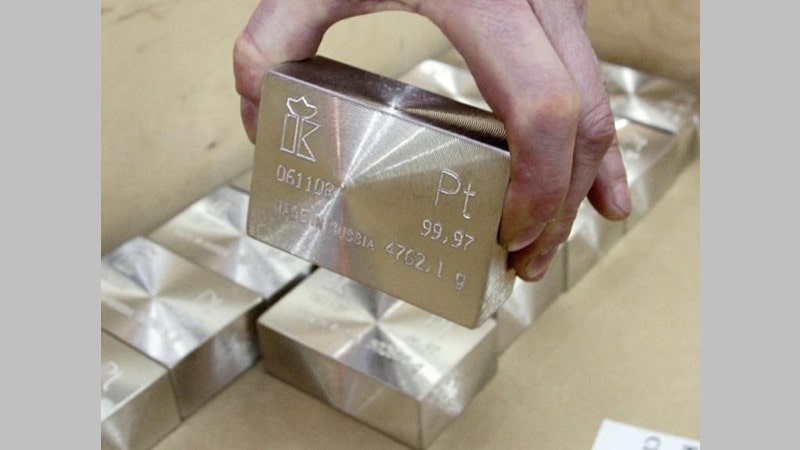
Image source: Pinterest
Alongside silver and gold, platinum makes up the holy trinity of jewelry. This precious metal is one of the least reactive in the world, making it one of the top metals to use for the production of catalytic converters.
Plus, the metal is soft and ductile and has a high melting point. Therefore, jewelers love using it to make various gorgeous accessories. The metal has a similar look and feel to silver. However, because it’s more durable and retains its shape better, sellers will frequently recommend it over silver.
Still, even if you like the look of platinum, best avoid it unless you have the funds to spare. A kilo of platinum costs $32,889.45, meaning that platinum jewelry will be much pricier than regular silver bling.
6. Osmium
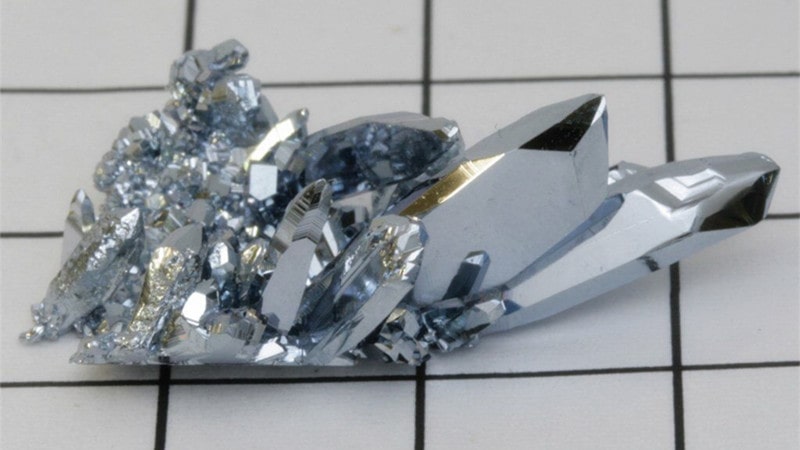
Image source: Pinterest
If you like the glitter of diamonds, you will absolutely adore osmium. This rare precious metal has a stunning shimmering surface. So any jewelry made from it looks like it was infused with countless tiny zirconia.
But, though it looks dainty, osmium is actually very tough. It’s the densest naturally occurring metal in the world, beating out lead five times over.
Furthermore, it’s notoriously brittle, so manufacturers have a hard time fusing and casting it. For the most part, they combine the metal into alloys which they use to create needles, fountain pen tips, and electrical contacts.
In terms of jewelry crafting, osmium is becoming more and more popular because of its unique look. Sadly, since the metal costs around $14,096 per kilo, osmium accessories remain firmly out of many people’s price range.
7. Rhenium
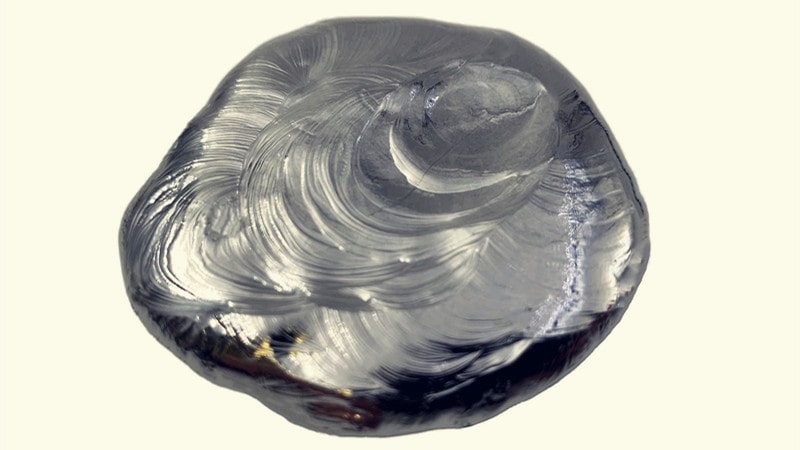
Image source: Pinterest
The last but certainly not least entry on this list is the king of durability itself — rhenium. This precious metal is one of the rarest in the world, naturally occurring in the Earth’s crust at a density of around 0.001 part per million.
Furthermore, it naturally doesn’t exist uncombined, so manufacturers usually get it as a byproduct when they mine copper. Hence, the metal is somewhat pricey, costing around $1,730 per kilo.
When it comes to industrial uses, rhenium is used as an additive to tungsten — one of the strongest substances in the world. This is because rhenium is extremely dense and has the third-highest melting point of all precious metals. It’s also a staple in the aviation industry, where manufacturers use it to make alloys for jet engines.
In recent years, rhenium has become a popular jewelry metal, too. Though it’s not as beautiful as platinum or gold, rhenium accessories are the perfect choice if you value durability in your bling.



